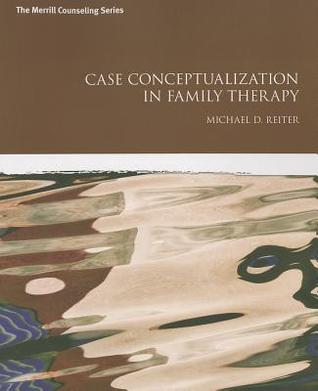When you get to your office, you see that you have a phone message from a woman looking for a family therapy session. She says that she and her hus- band have three children, the oldest of whom is a 16-year-old boy who refuses to go to school. This is the only information that you have about the family, and now you have a lot of decisions to make. When you call the potential client back, who will you suggest come to the session? How do you want to position yourself with the family, even before they come to the first session? How will your way of viewing the family inform you on what questions to ask and which interventions to make? These are some of the initial decisions that therapists make before starting a ses- sion with a new family. Therapists, however, do not go into a therapy room as blank slates. They come with biases, reflected in how they answer certain questions about family functioning and therapeutic practice. How does a therapist know what to do upon entering the therapy room with a family? What information is important to obtain during the course of therapy? Which techniques of family therapy should be used? What questions should be asked? How should the therapist utilize her own self in the therapy room? What stance or position should she take toward the family? How will the therapist know when to terminate with the family? All of these are questions that family therapists grapple with every time they meet with a new family. The answers to these questions depend on the theoretical orientation of the therapist. This theoretical conceptualization helps guide the therapist in making a multitude of thera- peutic decisions.
چکیده فارسی
وقتی به مطب خود می رسید، می بینید که یک پیام تلفنی از طرف زنی دارید که به دنبال جلسه خانواده درمانی است. او می گوید که او و همسرش سه فرزند دارند که بزرگ ترین آنها پسری 16 ساله است که از رفتن به مدرسه امتناع می کند. این تنها اطلاعاتی است که در مورد خانواده دارید و اکنون باید تصمیمات زیادی بگیرید. وقتی با مشتری احتمالی تماس می گیرید، چه کسی را به جلسه پیشنهاد می کنید؟ چگونه می خواهید خود را در کنار خانواده قرار دهید، حتی قبل از اینکه آنها به جلسه اول بیایند؟ نحوه نگرش شما به خانواده چگونه به شما اطلاع می دهد که چه سؤالاتی بپرسید و چه مداخلاتی باید انجام دهید؟ اینها برخی از تصمیمات اولیه ای است که درمانگران قبل از شروع یک جلسه با یک خانواده جدید می گیرند. با این حال، درمانگران به عنوان لوح های خالی وارد اتاق درمانی نمی شوند. آنها با سوگیری هایی همراه هستند که در نحوه پاسخگویی به سؤالات خاصی در مورد عملکرد خانواده و عملکرد درمانی منعکس می شود. چگونه یک درمانگر می داند که با ورود به اتاق درمان با خانواده چه کاری انجام دهد؟ کسب چه اطلاعاتی در طول دوره درمان مهم است؟ از کدام تکنیک های خانواده درمانی باید استفاده کرد؟ چه سوالاتی باید پرسید؟ درمانگر چگونه باید از خود در اتاق درمان استفاده کند؟ او باید چه موضع یا موضعی در قبال خانواده داشته باشد؟ چگونه درمانگر متوجه می شود که چه زمانی باید به خانواده خاتمه دهد؟ همه اینها سوالاتی هستند که خانواده درمانگران هر بار که با خانواده جدیدی ملاقات می کنند با آنها دست و پنجه نرم می کنند. پاسخ به این سوالات به جهت گیری نظری درمانگر بستگی دارد. این مفهوم سازی نظری به هدایت درمانگر در اتخاذ تصمیمات درمانی متعدد کمک می کند.
ادامه ...
بستن ...
Author(s): Michael D. Reiter
Publisher: Pearson, Year: 2013
ISBN: 0132889072,9780132889070
ادامه ...
بستن ...










